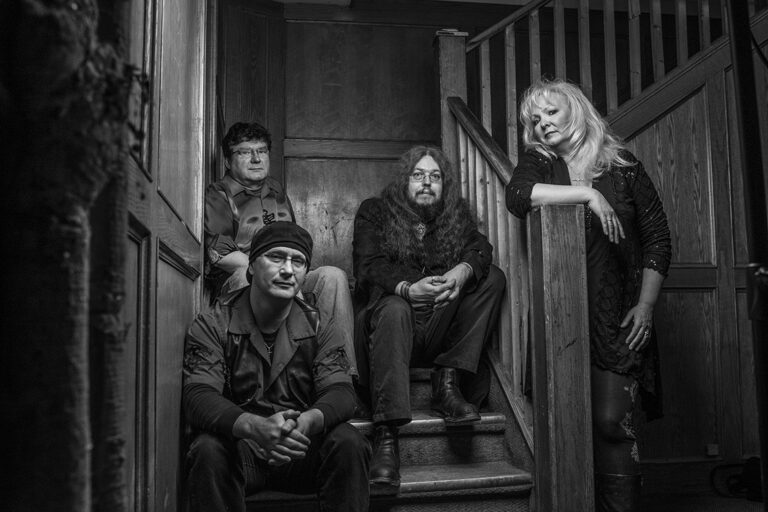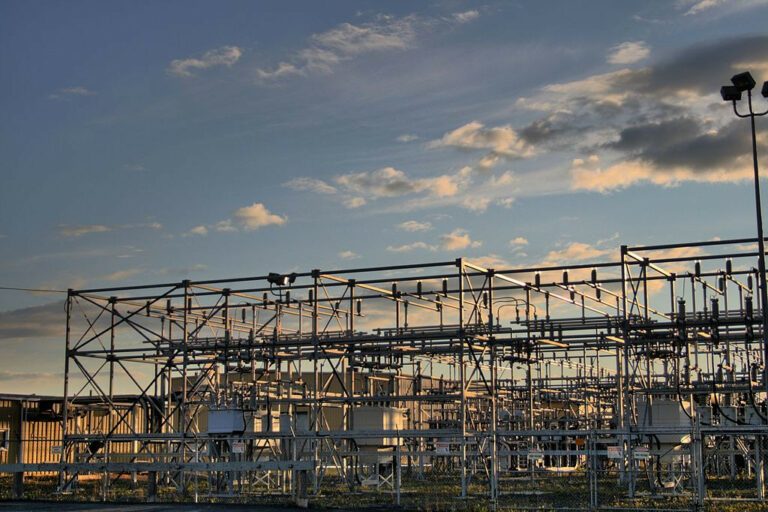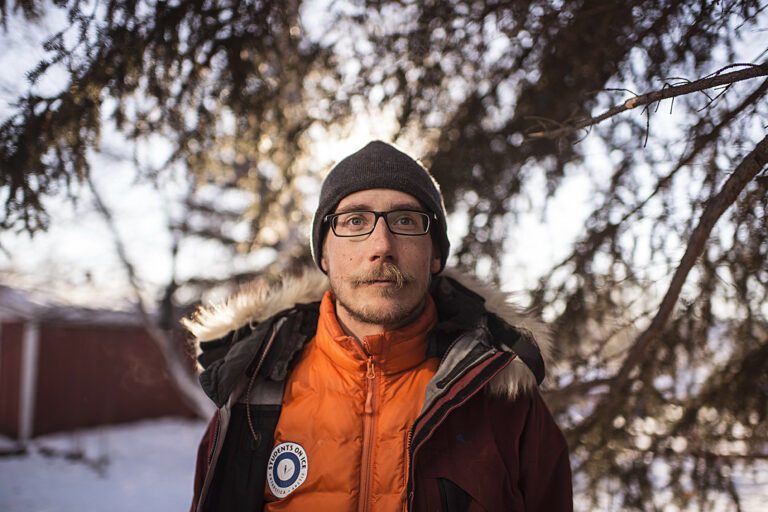On EDGE: Opinion
Cities are funny things. Over time they develop their own characters, which should be impossible, since they are, at their core, merely agglomerations of land, concrete and glass, topped with multitudes of humans who value, believe and care about a vast array of different things. Even within the most homogenous of cities, you can find a remarkable variety of tastes, opinions and values.
Still, it’s impossible to spend any significant amount of time in any city without developing your own caricature of the place. Neil Gaiman discusses this in his famous mini-essay embedded in an early version of the video game SimCity:
There are good cities – the ones that welcome you, that seem to care about you, that seem pleased you’re in them. There are indifferent cities – the ones that honestly don’t care if you’re there or not; cities with their own agendas, the ones that ignore people. There are cities gone bad, and there are places in otherwise healthy cities as rotten and maggoty as windfall apples. There are even cities that seem lost – some, lacking a centre, feel like they would be happier being elsewhere, somewhere smaller, somewhere easier to understand.
If this is true, it seems possible that cities, like people, are capable of misunderstanding themselves, deluding themselves, or simply being mistaken about themselves.
This week I am in Whitehorse again as an itinerant news labourer. I find this city incredibly fascinating, particularly after nearly a decade split between Iqaluit and Yellowknife.
First off, Whitehorse’s setting is inarguably beautiful: it is alpine, boreal, and slashed at its edge by the mighty Yukon River. It is a treat just to look at.
It is also the most “southern” of the North’s cities (a league of three). It has the most restaurants, the most places to shop, the cheapest prices. It has, God help us, a Starbucks.
It also has, by far, the most sprawl. Venture outside the compact downtown core and you’ll find far-flung neighbourhoods and a proliferation of what are called “country residential” developments: long, winding streets that turn back on themselves. Literal roads to nowhere. The lots are massive, and often you cannot even see the houses from the road. Walking is done to exercise oneself or one’s dog. A trip of any utility requires a car. If you thought Yellowknife’s Grace Lake development was sprawlish, you’d be shocked by the long string of cul-de-sac neighbourhoods that flank the Alaska Highway here.
This is interesting, because Whitehorse fancies itself a place of environmental enlightenment. You’ll find here high levels of opposition to fracking and environmental deregulation. (Yukon is currently going through its own controversy regarding Ottawa’s rewriting of environmental rules, and the related altering of land claim agreements, much like the NWT did last year, minus the devolution part.)
The other major environmental controversy here is over Yukon Energy’s plan to refit its diesel backup generators in Whitehorse to run on liquefied natural gas. One enterprising protester has taken to plastering downtown power poles with signs warning you are currently standing in the immolation zone, should the plant explode. That a person being burnt to cinders in such a conflagration is unlikely to care whether the accelerant is diesel or LNG appears not to matter.
The prime objection to this project is that running backup power on LNG will serve as a trojan horse to pave the way for fracking natural gas in Yukon. This ignores two things: that there are also conventional gas reserves here, and that with the price of natural gas as low as it currently is, it’s far from certain that any projects here would be economical.
If Whitehorse has a personality, its traits would have to include hypocrisy, or at least confusion: A reliance on carbon-intensive ways of building and getting around, with an insistence that the fuel to run the whole system be dug out of someone else’s backyard.
This is why Yellowknife’s stop-start population growth over the years, combined with its geographic constraints, actually serve as somewhat of a blessing in disguise. Bounded as it is by the lake, two decommissioned mines, an airport, and numerous parcels held in interim land withdrawal awaiting land claim settlements, Yellowknife has had to be judicious in its expansion and to generally opt for density. Even Grace Lake doesn’t require a car for getting to work. The flip side: that’s one of the main reasons your rent is brutally high.
You could go back and forth like this ad infinitum. “It’s a foolish game: cities aren’t people,” Gaiman warns us.
It’s true. But like people, cities are products of their place in time and space, their roles in economies and politics. Those forces shape who we are, and they shape the places we live. And they ought to remind us that being pretty on the outside isn’t everything.






